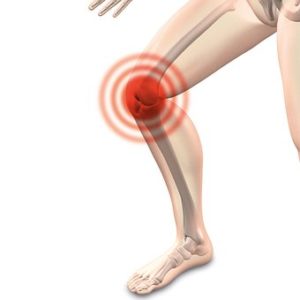 Our knees play a large role in most of our daily activities and it usually isn’t until we have a problem with one or both of them that we realise just how much we use and rely on them.
Our knees play a large role in most of our daily activities and it usually isn’t until we have a problem with one or both of them that we realise just how much we use and rely on them.
Knee pain is often present during weight-bearing activities but it can also make it difficult to sleep comfortably or sit for long periods of time.
The knee is a large and complex joint, relying on many different muscles to function properly. You may have heard of some of these muscles such as the quadriceps, hamstrings and calf muscles. If these muscles become too weak or tight, the knee can become less stable, more prone to injury and often very painful.
It is therefore extremely important to maintain good strength and length in these muscles to minimise the risk of knee problems occurring.
Although doing exercise is probably the last thing you may feel like doing when you have knee pain, research has shown that doing specific exercises can keep your knees strong and healthy, not only to reduce current problems, but also to prevent them from happening in the first place.
A combination of aerobic and strengthening activities can be beneficial for your knees and it is important to have a good balance between the muscles at the front and back and also on either side of your knee. Whether the pain you feel in your knee is coming from a problem with muscle, ligament, joint or cartilage, specific prescribed exercises can benefit you.
When you are first starting out it is important to keep your exercise low impact – such as walking, cycling or swimming; and pain free – if something is hurting it may not be quite right for you!
If you do suffer from knee pain it is recommended that you see a Physiotherapist first before starting an exercise program as they will assess exactly what is wrong with your knee/s and prescribe you a specific regime to manage your individual knee condition.
**This Physio blog is part of the charity event “Race for the Kids” on April 6th 2013.





